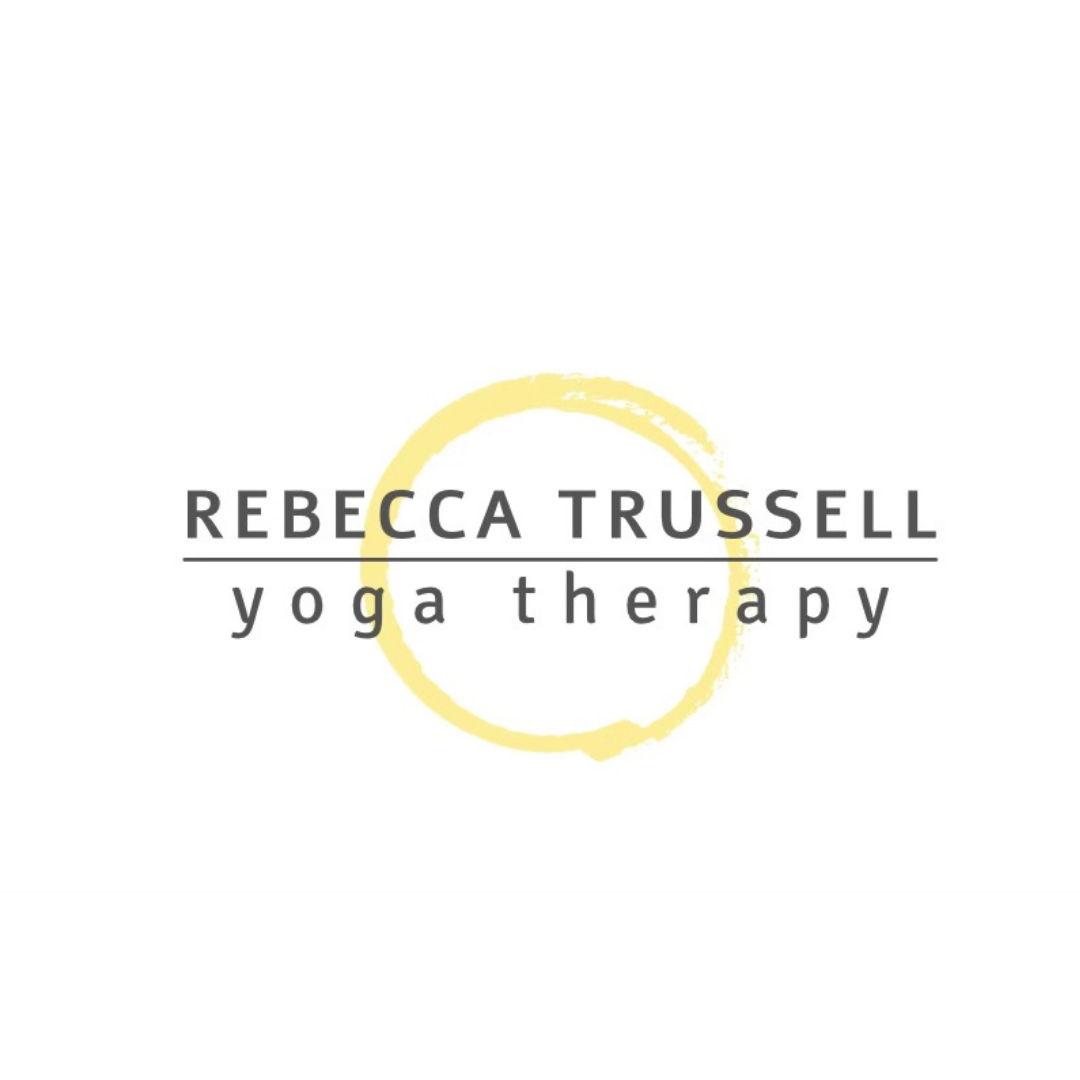
Somatic Yoga Therapy
What is somatic yoga therapy?
Somatic yoga therapy is a customized application of somatic movement and yoga teachings and practices to provide an integrative approach toward wellness. Using techniques from Somatic Experiencing®, meditation, breath-work, postural analysis, muscle testing, myofascial release, and somatic movement, I will develop and implement a plan of care based on your individual goals and needs. Somatic yoga therapy can be its own practice or be used as a complementary treatment alongside psychotherapy, physical therapy, and other medical modalities.
SOMATIC EXPERIENCING®
“You don’t have to know the facts of your story to be able to reprogram the symptoms or the outcomes.”
— Peter A Levine, PhD
-
Somatic Experiencing®, or SE, is a body-oriented modality that helps heal trauma and other stress disorders by tracking cycles of deactivation and activation within the individual’s nervous system. Developed by Peter Levine, Ph.D., it results from the multidisciplinary study of stress physiology, psychology, ethology, biology, neuroscience, indigenous healing practices, and medical biophysics, with more than 50 years of successful application.
-
When your nervous system perceives a threat, it typically responds in a fight, flight, or freeze response. Whether that perceived threat is a sudden event or a result of exposure to long-term stress, your nervous system can get stuck in the threat response. SE provides a framework to assess where you’re stuck and then offers techniques and clinical tools to resolve the body’s stress and trauma symptoms and get you unstuck.
-
Many people experience symptoms that present like trauma symptoms, but they don’t feel they have been through something that qualifies as “traumatic”. Not all trauma is the result of a life-threatening event. Accidents, medical procedures, assault, emotional abuse and neglect, discrimination and oppression, loss–All of these affect our ability to function. With SE, the actual cause matters less than the symptoms.
Clinically shown to help with:
Nervous system regulation;
Stress management and reduction;
Trauma and PTSD
Improved body awareness;
Pain reduction/management;
Musculoskeletal imbalances;
Enhanced athletic performance;
Cultivation of mindfulness and help to redefine wellbeing; and
Managing symptoms related to specific illness or disease such as cancer/cancer treatment, anxiety disorders, chronic pain, osteoporosis, asthma and breathing disorders, scoliosis, hormonal imbalances and more.
What to expect at your first session.
For your first session, we will discuss your past medical history, current concerns and conditions, and your intention for seeking out somatic yoga therapy. In this session I will conduct breath and postural assessments, provide muscle testing, and follow up with a therapeutic session of somatic movements, breath-work, and meditation. I will provide you with a home plan of care to allow you to continue your therapy at home. Confidentiality is maintained, and I will collaborate with other providers to support any ongoing treatments.
Follow-up sessions build on this work and adapt according to your response to the initial plan of care.
FOLLOW OUR INSTAGRAM FOR UPDATES AND OFFERINGS












